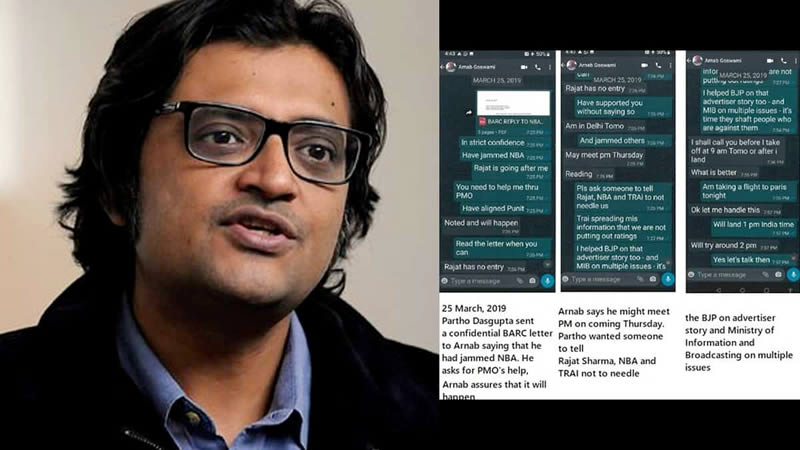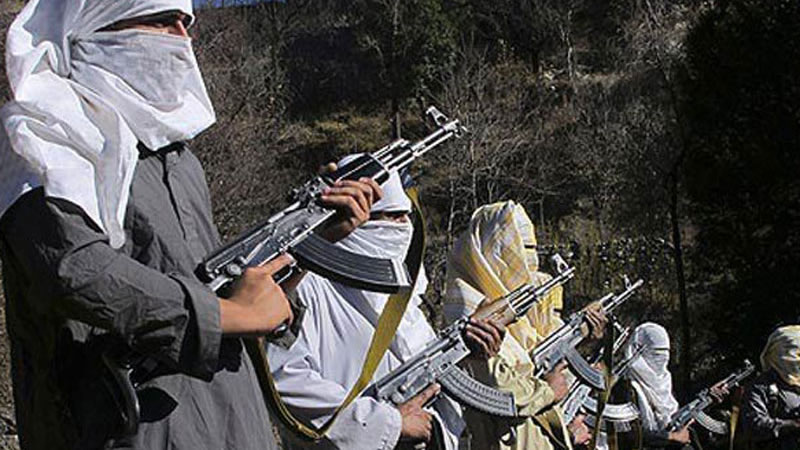 INDIA’S upcoming “indigenous” nuclear powered submarine Arihant, which was launched last July at Visakhapatnam, is likely to become operational by 2012. Indian defence planners are contemplating to use INS Arihant for ‘deterrent patrol’ aimed at providing the ability of a retaliatory ‘second strike’ in wake of a nuclear attack. The submarine, when on patrol, will carry its full load of nuclear-tipped missiles that can be launched from under the sea and hit targets hundreds of miles away. INS Arihant is the first of a series of three ballistic missile submarines (SSBN) that India proposes to build. Two types of N-tipped missiles are being developed for Arihant. One of them would be a submarine-launched ballistic missile (SLBM)—K-15 Sagarika—with a range of 700 km. This has been tested several times using a pressurized canister submerged under water to mimic a submarine-style launch. A longer range 3,500 km missile is under test and one such test has already been conducted. Indian Navy is trying to flex its muscles in the Indian Ocean and is trying to emulate its mentor the US. During the Cold War “deterrent patrol” was a norm adopted by the US and the erstwhile USSR when their submarines trawled under sea for days. The two super-powers are known to have conducted more than 200 such patrols annually. It is meant to ‘deter’ an adversary from launching a first N-strike on the nation as the submarines can then launch the retaliatory strike within minutes. India claims that it is faced with a two front scenario, China and Pakistan and belligerently boasts that it can tackle both simultaneously. Whereas, neither China nor Pakistan have expressed any hostile designs towards India, yet it would like to pose such fabricated threats only to justify its uncalled for arms buildup and nuclear posturing. Recently, China has developed two SSBNs that are termed as ‘Jin-class’ in military circles and these carry 12 N-tipped missiles. The Chinese Navy has been conducting patrols in the last two years. The UK and France are the other countries that have similar capabilities. A nuclear submarine is required for such patrols due to its ability to remain submerged and undetected for longer periods.
INDIA’S upcoming “indigenous” nuclear powered submarine Arihant, which was launched last July at Visakhapatnam, is likely to become operational by 2012. Indian defence planners are contemplating to use INS Arihant for ‘deterrent patrol’ aimed at providing the ability of a retaliatory ‘second strike’ in wake of a nuclear attack. The submarine, when on patrol, will carry its full load of nuclear-tipped missiles that can be launched from under the sea and hit targets hundreds of miles away. INS Arihant is the first of a series of three ballistic missile submarines (SSBN) that India proposes to build. Two types of N-tipped missiles are being developed for Arihant. One of them would be a submarine-launched ballistic missile (SLBM)—K-15 Sagarika—with a range of 700 km. This has been tested several times using a pressurized canister submerged under water to mimic a submarine-style launch. A longer range 3,500 km missile is under test and one such test has already been conducted. Indian Navy is trying to flex its muscles in the Indian Ocean and is trying to emulate its mentor the US. During the Cold War “deterrent patrol” was a norm adopted by the US and the erstwhile USSR when their submarines trawled under sea for days. The two super-powers are known to have conducted more than 200 such patrols annually. It is meant to ‘deter’ an adversary from launching a first N-strike on the nation as the submarines can then launch the retaliatory strike within minutes. India claims that it is faced with a two front scenario, China and Pakistan and belligerently boasts that it can tackle both simultaneously. Whereas, neither China nor Pakistan have expressed any hostile designs towards India, yet it would like to pose such fabricated threats only to justify its uncalled for arms buildup and nuclear posturing. Recently, China has developed two SSBNs that are termed as ‘Jin-class’ in military circles and these carry 12 N-tipped missiles. The Chinese Navy has been conducting patrols in the last two years. The UK and France are the other countries that have similar capabilities. A nuclear submarine is required for such patrols due to its ability to remain submerged and undetected for longer periods.
Indian nuclear ambitions can be gauged from its Naval Chief Admiral Nirmal Verma, who in rare acknowledgement of the country’s nuclear abilities, declared: “We have a declared policy of no-first-use…But we have Arihant….. When it is commissioned and goes to sea, it will be on deterrent patrol. The triad (nuclear) would be there when Arihant is commissioned.” Referring to the nuclear triad, he stated that it would be complete only when India has strategic nuclear missiles that could be launched from land, air and sea. The N-submarine will form the third leg—often termed as the most reliable and stealthy—of nuclear triads on land, air and sea-based platforms. The Indian nuclear doctrine elucidates that the nation should possess the capability. On land, India possesses or is in the process of possessing a family of nuclear-tipped missiles, including the Agni series and Prithvi variants. In the air, the Sukhoi and the Mirage have the ability to deliver N-tipped munitions.
The fact is that despite its nuclear posturing, India’s “indigenous” projects have been having “hiccups”, The Admiral admitted to glitches in India’s Indigenous Aircraft Carrier (IAC) project saying the 40,000-tonne warship could not be launched this year but will be done in the middle of next year. On the Navy’s future acquisition and capability enhancement programs, Verma said there were 36 ships and submarines on order in various Indian shipyards and that these programs were largely on track. Indian indigenous Light Combat Aircraft (LCA) Tejas is already obsolete, even before its induction. India may be dreaming of becoming a world power and definitely behaving like a bully on the block but it has to traverse a long way before it can become one – DailyMailNews











